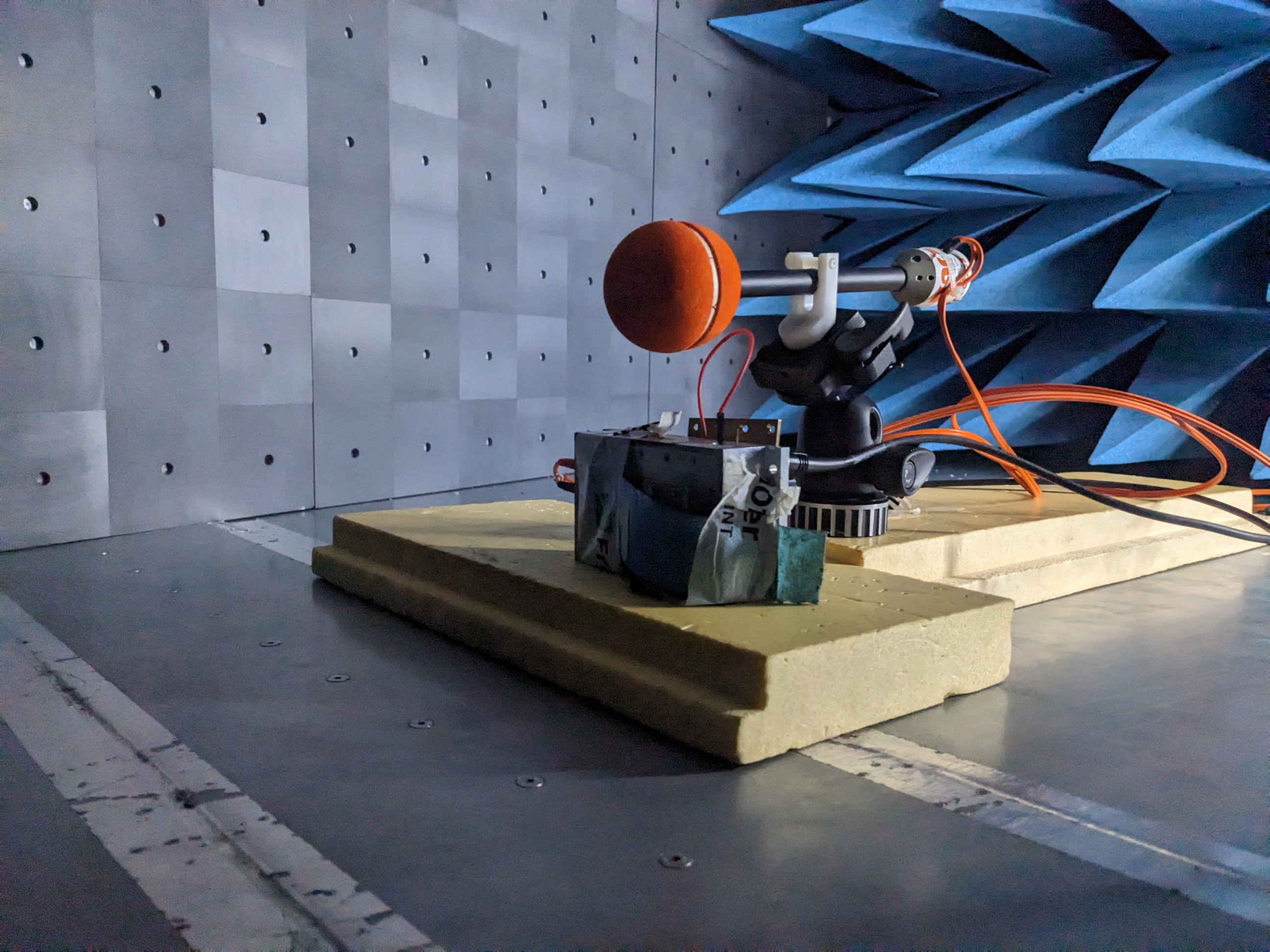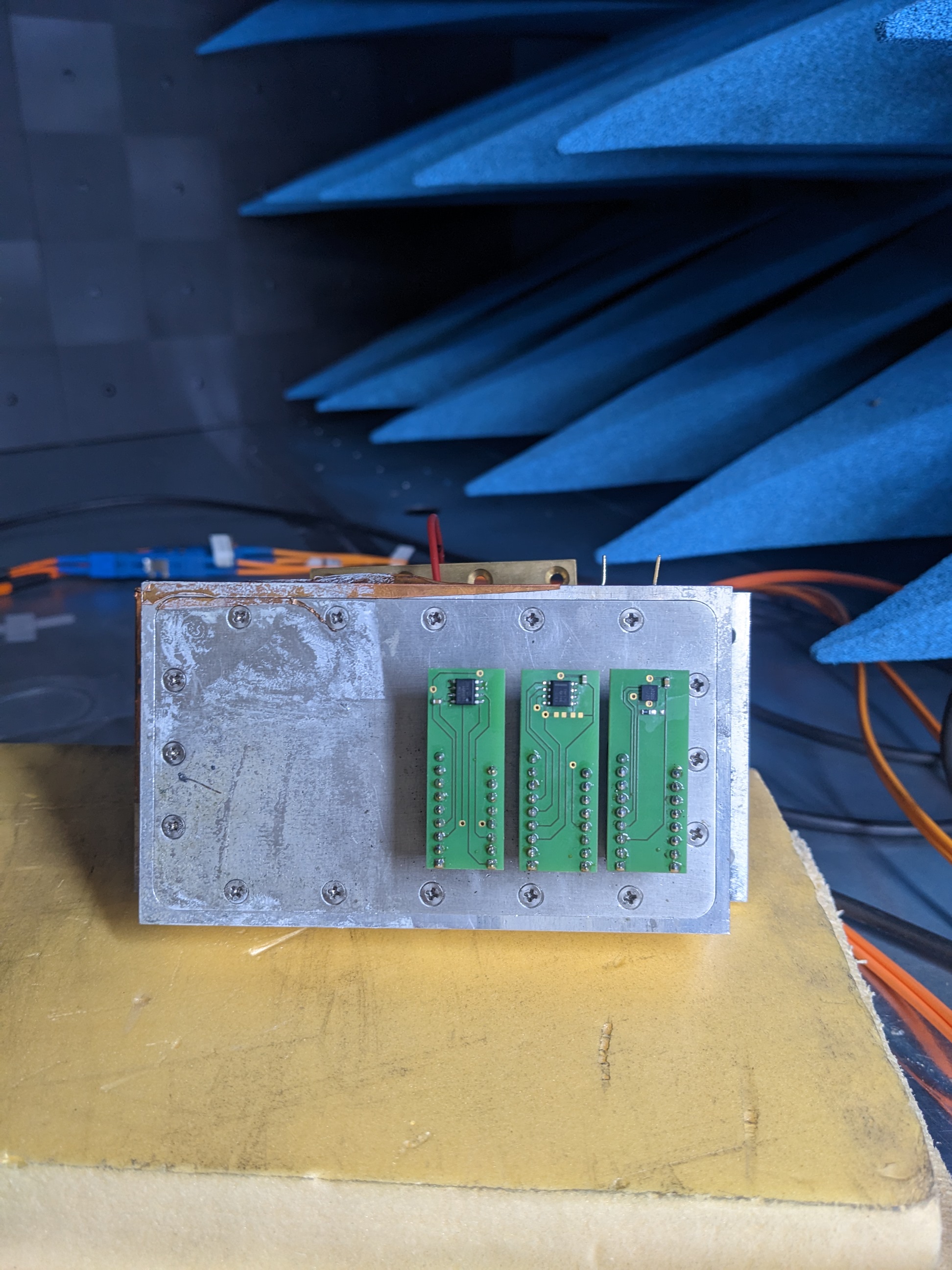Internet of Things
The Internet of Things (IoT) refers to a network of devices equipped with sensors, software and other technologies that communicate with other devices and systems over the Internet. The number of these devices has increased dramatically in recent years, including sensors. Sensors play a crucial role in IoT as they are responsible for collecting and transmitting data. However, the devices or its sensors are vulnerable to high power electromagnetic (HPEM) attacks. Attacks of this type can cause errors in sensor measurements and in some cases even damage the sensors themselves. This has led to increased research on the vulnerability of sensors to HPEM attacks and the development of countermeasures to mitigate the impact of the threats. Fraunhofer INT has been studying the susceptibility of sensors to HPEM attacks and working on implementing protective measures against these types of attacks.
The study of sensors is challenging, especially when they are embedded in larger systems. For this reason, our research focuses primarily on individual sensors. This approach enables a better understanding of the behavior of individual sensors under HPEM attacks and the identification of vulnerabilities that can be addressed in the design of sensors.
Various sensor types have been investigated, including temperature and barometer sensors. The results have shown that these sensors are particularly susceptible to HPEM attacks and, as a result, can exhibit significant measurement errors. Additionally, comparisons have been made between the vulnerability of different sensor types to identify trends and patterns in their behavior.
The EME department is currently working on several projects and experiments related to HPEM and sensors. These include studies on coupling effects that can lead to errors in sensor measurements, as well as research on wireless communication errors and their impact on sensor networks. Sensor networks are an essential component of the IoT. The communication protocols used to transmit data between sensors and other devices can have a significant impact on their performance and security. To minimize errors and maximize security, various communication protocols and their use in sensor networks have been studied, with a focus on fault diagnosis.
Information security is crucial for the proper functioning of IoT systems. The focus is on the first two principles of information security: availability and integrity. These principles ensure that sensor readings are accurate and cannot be tampered with by unauthorized parties.
With the increasing use of sensors in the Internet of Things, there are significant concerns about their security. HPEM attacks can compromise entire systems. Researching the vulnerability of sensors to these attacks and developing measures to defend against them is therefore essential. Understanding the potential risks and implementing protective measures for sensors and sensor networks is definitely a hot topic.
 Fraunhofer Institute for Technological Trend Analysis INT
Fraunhofer Institute for Technological Trend Analysis INT
